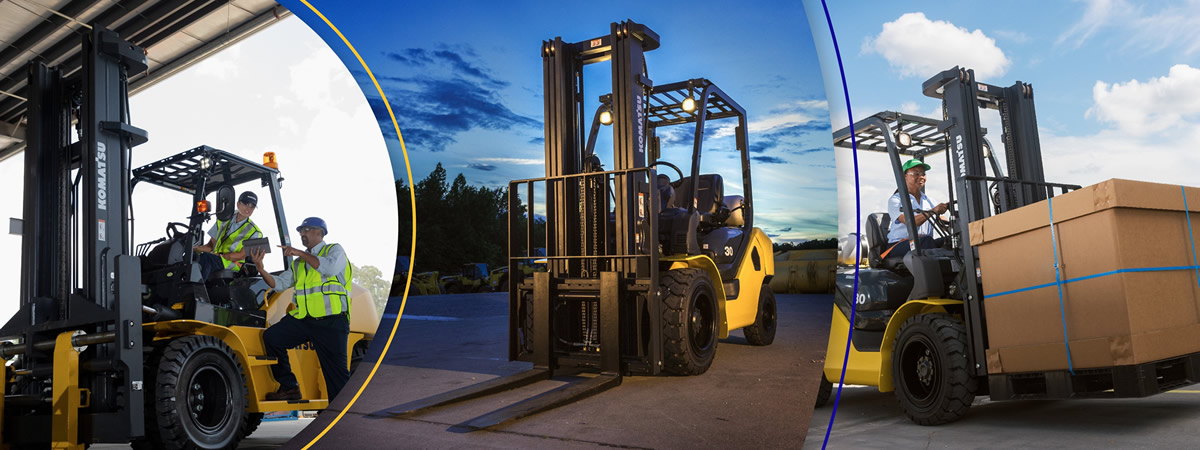
In the dynamic landscape of warehousing, efficiency is paramount for operational success and cost-effectiveness. According to the 2022 Warehousing Trends Report, over 60% of warehouse managers cite inventory management and equipment optimization as critical factors influencing their overall performance. One often-overlooked solution to enhance productivity is the integration of used forklifts into daily operations. These versatile machines not only facilitate the fast and safe movement of goods but also present a cost-effective alternative compared to new equipment, allowing businesses to allocate resources more strategically.
When considering the adoption of used forklifts, it's essential to understand how the right choice can significantly impact warehouse efficiency. The Material Handling Industry of America has estimated that implementing multiple used forklifts can improve loading and unloading times by up to 30%. However, selecting the appropriate used forklift requires careful evaluation of various factors that align with the specific needs of the warehouse. By focusing on performance metrics and industry best practices, warehouse operators can maximize their investments in used forklifts and enhance overall operational efficiency.
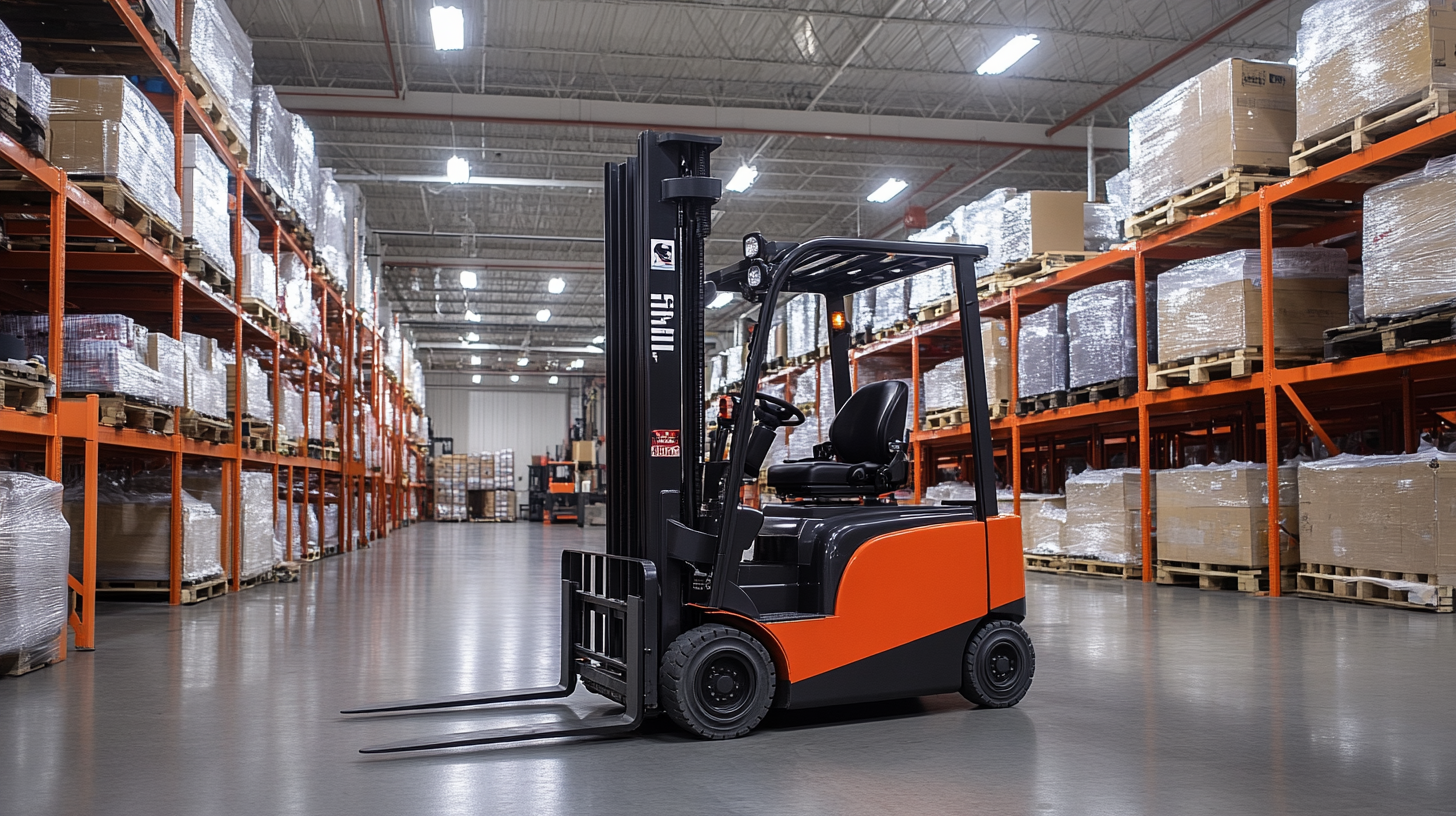
In today's competitive landscape, maximizing cost efficiency in warehouse operations is imperative, and one increasingly viable solution is the use of used forklifts. Reports show that acquiring used forklifts can result in significant savings, with cost reductions ranging from 20% to 50% compared to purchasing new models. This financial advantage allows businesses to allocate resources more effectively, potentially investing in other critical areas or expanding their operations without the burden of high equipment costs. Furthermore, the rise of zero-emission forklifts provides an additional layer of benefit. According to a report by the International Energy Agency, the adoption of electric forklifts can reduce operational costs by up to 40%, mainly due to lower maintenance and fuel costs. Coupled with the price advantages of used equipment, businesses are not only optimizing their budgets but also contributing to more sustainable practices in their warehouses. Such practices align perfectly with the growing emphasis on environmentally friendly operations, as zero-emission models help reduce a company's overall carbon footprint. When selecting the right used forklift, it's essential to consider aspects such as the machine's remaining lifespan, maintenance history, and compatibility with warehouse operations. Engaging with trusted suppliers who can verify the equipment's condition and provide insights into its history can further enhance the decision-making process. By making informed choices, companies can ensure they’re not just saving money but are also equipped with reliable, effective machinery that meets their operational needs.
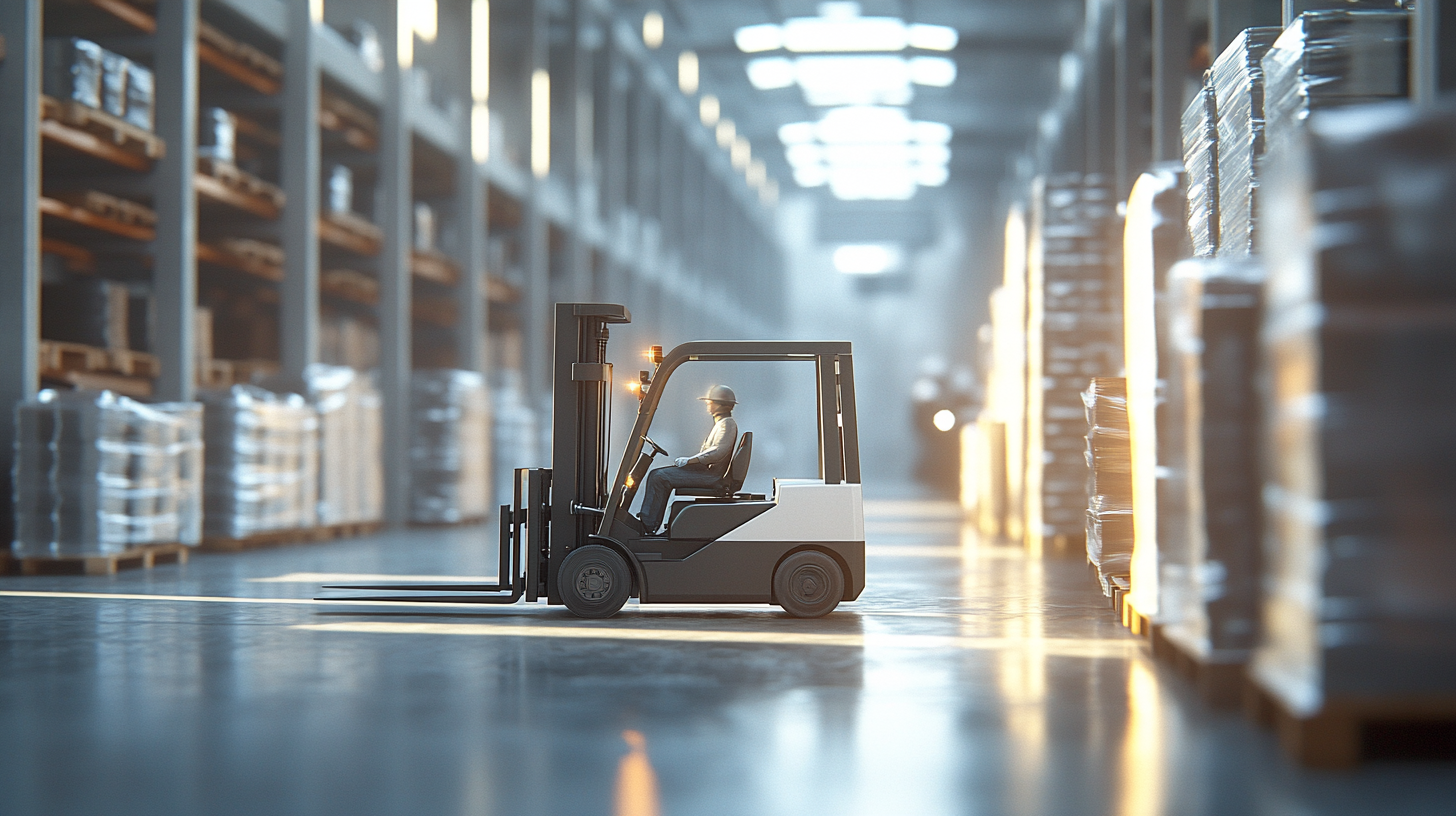
When considering the acquisition of used forklifts for warehousing efficiency, it is essential to recognize the key factors that impact both performance and cost-effectiveness. The choice of the right type of used forklift can dramatically influence operational efficiency. According to industry reports, the average lifespan of a forklift is about 10,000 hours, which places significant emphasis on understanding a used unit's condition and maintenance history.
One of the primary considerations is the forklift's lifting capacity. For instance, selecting a model with a capacity that aligns with the typical loads handled in your warehouse is crucial. A unit that is underpowered may lead to inefficiencies and increased wear, while an overspecified unit could result in unnecessary costs. Additionally, examining the vehicle's mileage and overall condition, similar to how the valuation of other used vehicles like SUVs ranges based on mileage and condition, can inform your decision. For well-maintained forklifts, prices typically fall between 30-50% of their original value, depending on age and specifications.
Another critical aspect is the forklift type, such as electric versus internal combustion models. Electric forklifts tend to be quieter and more energy-efficient, making them suitable for indoor operations, while internal combustion options may be better for heavy-duty outdoor tasks. An analysis of your operational environment will guide you in selecting the right type that enhances productivity while considering both upfront costs and long-term operational expenses. Utilizing resources like manufacturer guidelines and industry benchmarking reports can assist in making a well-informed choice.
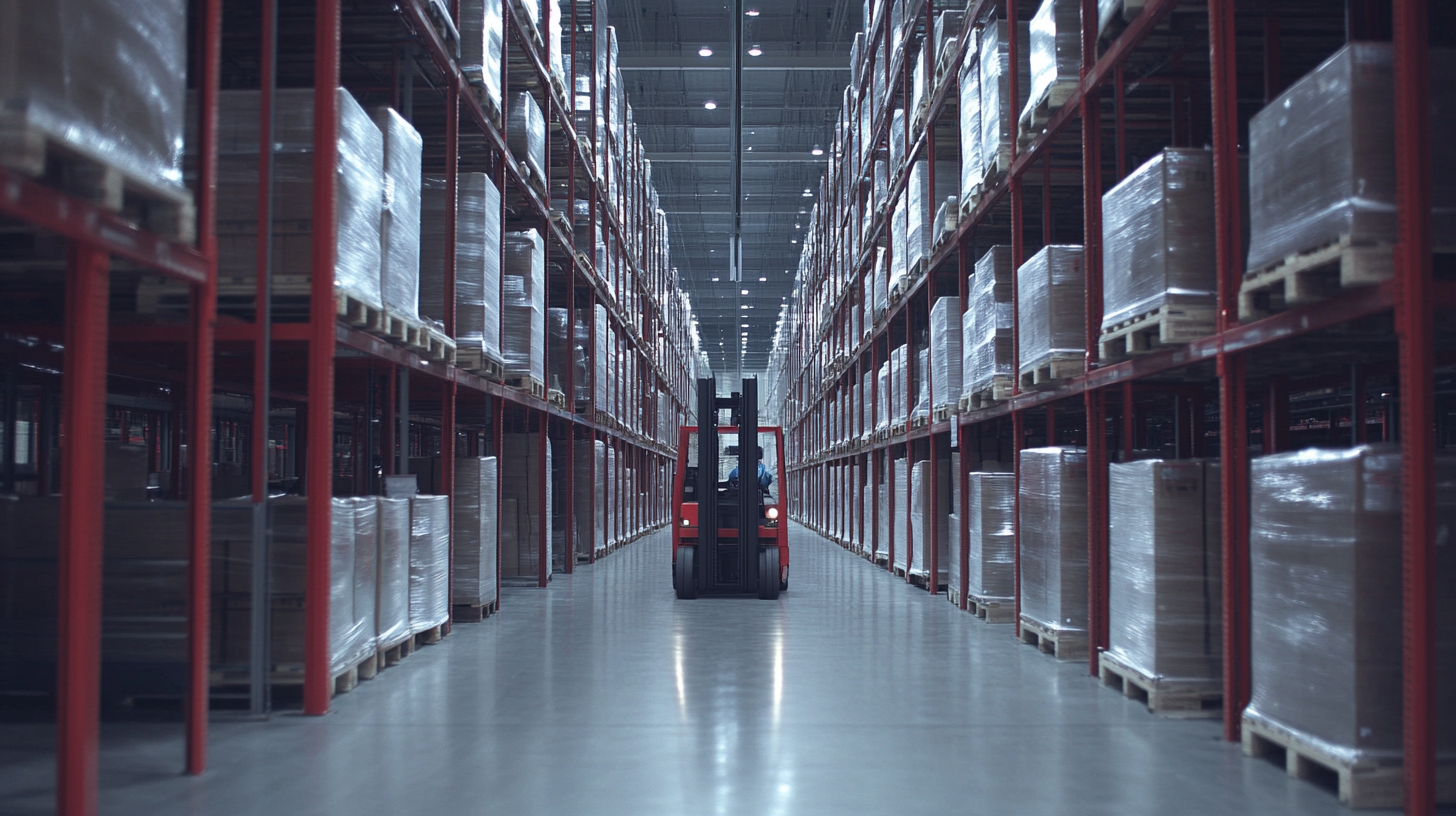
When selecting a forklift for your warehouse, analyzing load capacity and available space is crucial to optimize efficiency. According to a report by the Material Handling Industry of America (MHIA), the right forklift can improve overall productivity by up to 30%. This is achieved when the forklift size is well-matched to the specific tasks, weights, and dimensions of the goods being handled.
First, it is essential to understand the load capacity required for your operations. Forklifts come with varying load capacities, typically ranging from 3,000 to 10,000 pounds for standard warehouse models. By calculating the maximum weight of the items you need to lift, you can select a forklift that meets your needs without overloading it, which can lead to safety hazards and increased maintenance costs. According to OSHA data, improper use of forklifts is a leading cause of workplace accidents, underscoring the importance of choosing the right capacity.
Additionally, warehouse space is a critical factor. The aisle width and height of your storage systems dictate the ideal size of the forklift. A study by the National Association of Wholesaler-Distributors (NAWD) indicates that optimizing aisle space for forklift maneuverability can increase storage capacity by up to 20%. Therefore, a compact, maneuverable forklift may be necessary if your warehouse has narrow aisles or stacked shelving, enabling efficient navigation without sacrificing load handling efficiency. Understanding these parameters will help you select the ideal used forklift tailored to your operational requirements.
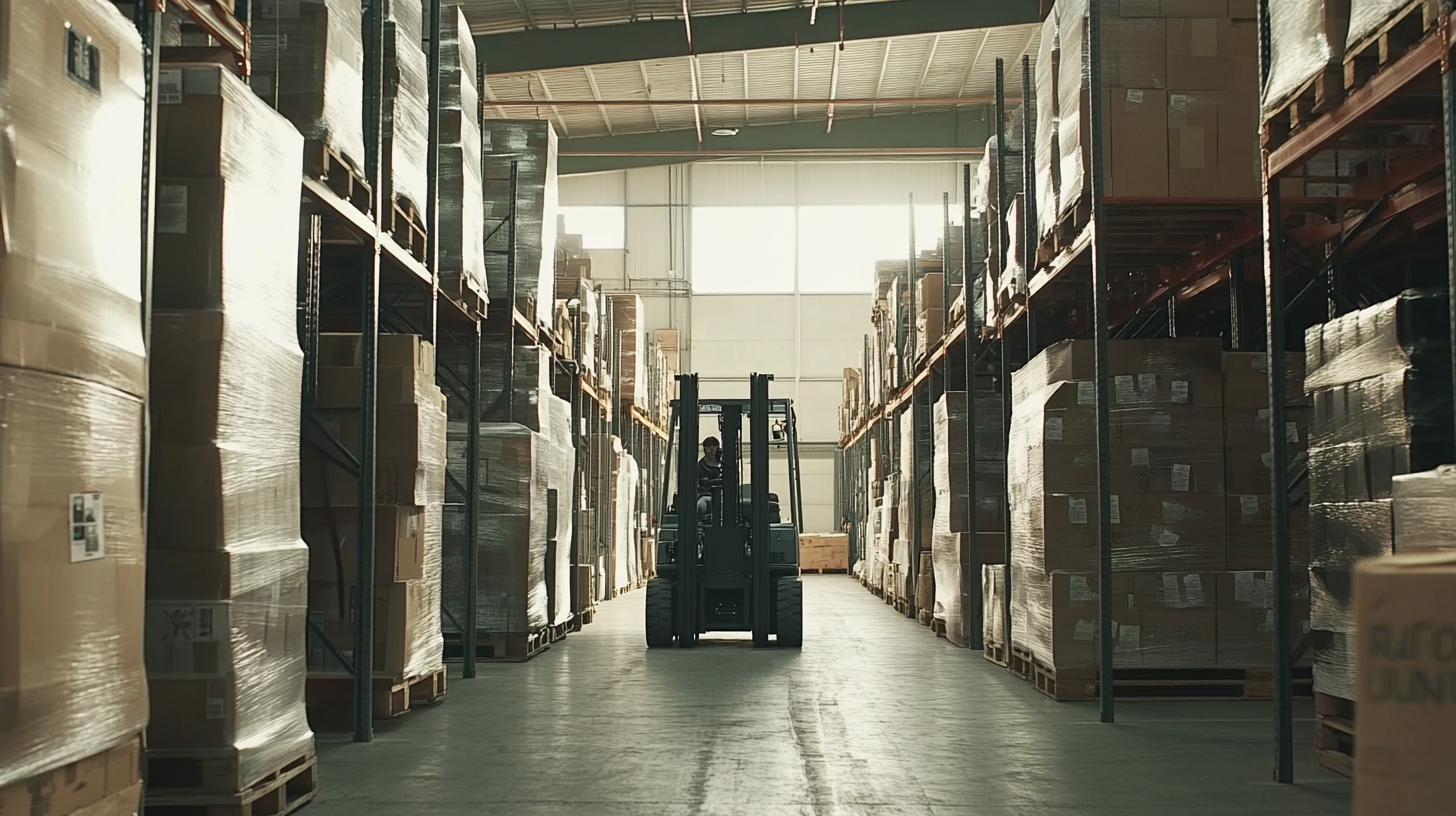
When investing in used forklifts for your warehousing needs, maintenance and safety standards are paramount to protecting your investment. A well-maintained forklift not only enhances operational efficiency but also reduces the risk of accidents, injuries, and costly downtimes. Before making a purchase, it’s essential to thoroughly assess the maintenance history of the equipment. Look for records that demonstrate regular servicing and compliance with safety checks. A forklift that has been consistently maintained will perform better and have a longer lifespan.
Safety standards for used forklifts should not be overlooked. Compliance with OSHA regulations and other industry-specific safety requirements is crucial to ensuring a safe working environment. Inspect used forklifts for any signs of wear, such as frayed cables, damaged forks, or issues with the hydraulic system. Additionally, consider investing in safety features such as overload indicators, seat belts, and emergency cut-off switches. Prioritizing these factors will help to mitigate risks, ultimately safeguarding your warehouse employees and investment.
Furthermore, implementing a regular maintenance schedule for your used forklifts can extend their usability and ensure they operate at peak performance. Training your staff to adhere to safety protocols and perform routine inspections can prevent minor issues from escalating into major problems. By focusing on maintenance and safety standards, you create a sustainable operation that upholds productivity while securing the integrity of your assets.
The warehousing industry is experiencing significant transformations, largely driven by advancements in forklift technology. As businesses strive to maximize efficiency and productivity, the integration of automated and advanced lift truck solutions is becoming essential. Recent reports indicate that the automated forklift trucks market is poised for substantial growth, with key trends highlighting the adoption of various types of forklifts, including pallet movers and reach trucks, tailored to meet specific material handling needs.
Data projections suggest that the global forklift market could surpass USD 79.9 billion by 2033, fueled by the increasing demand for effective material handling solutions across multiple sectors. The efficiency of warehouse operations is increasingly linked to the technology behind forklifts. The introduction of digital tools like AWS Simulation and Digital Twin technologies enables companies to optimize their fulfillment center designs, showcasing a forward-thinking approach to efficiency.
Moreover, the rise of Very Narrow Aisle (VNA) forklifts is indicative of the evolving landscape in warehousing. These specialized lift trucks are becoming crucial for maximizing storage space, allowing warehouses to accommodate a greater volume of inventory without compromising operational efficiency. As the industry adapts to SKU proliferation and the need for enhanced employee safety, the investment in cutting-edge forklift technology emerges as a pivotal factor in driving warehouse productivity.
Content © 2025 Komatsu. All Rights Reserved
